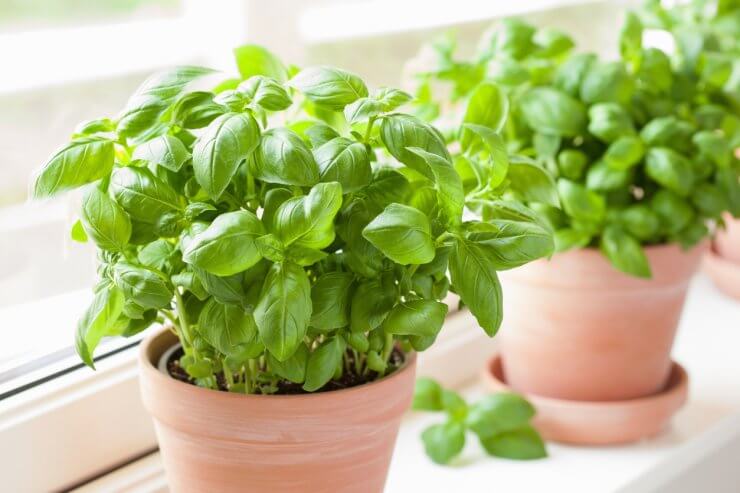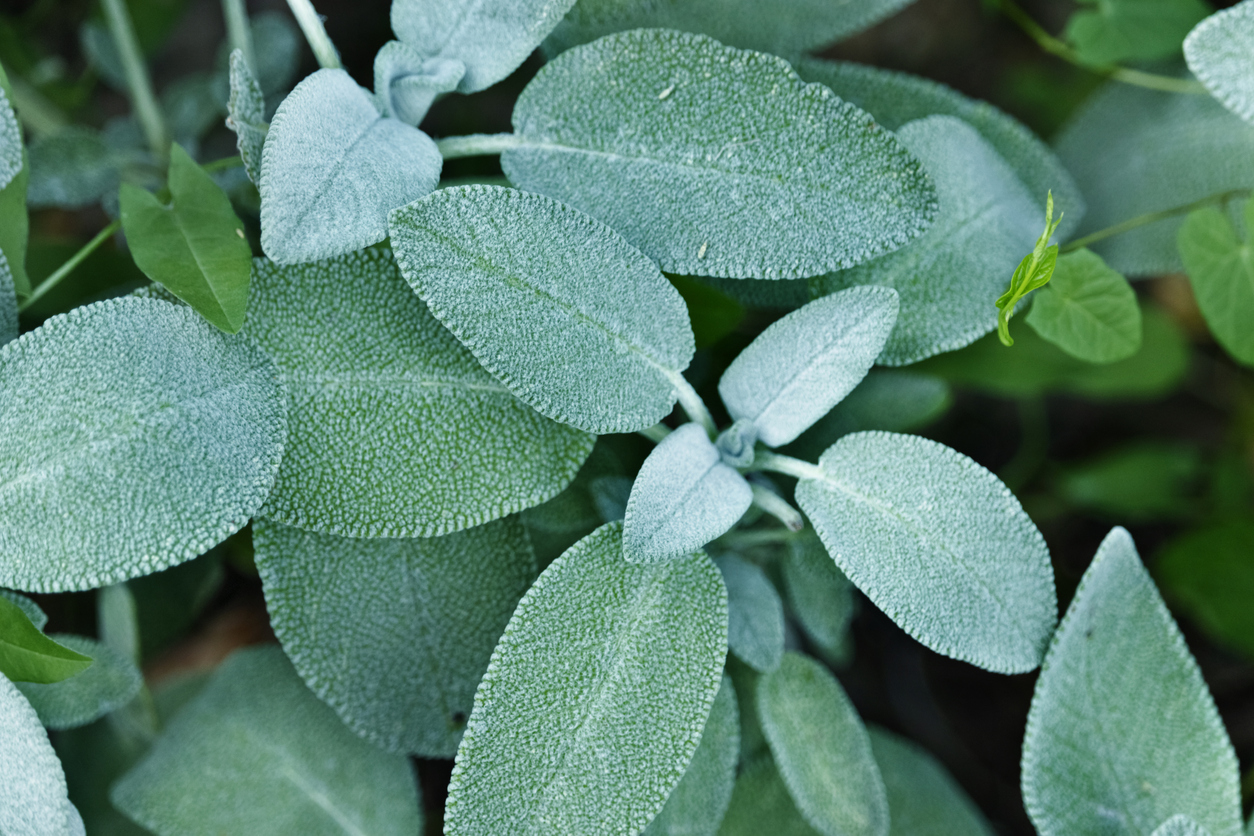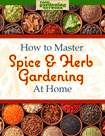
If you have herbs in your garden, you might have given some thought to how to prune herbs, so they grow nice and healthy. The good news? It’s pretty darn easy. The bad news? Well, there isn’t really much in the way of bad news. However, there are a few tips that will help you get the desired results from your pruning.
The nice thing about herbs is that they’re pretty forgiving. And most of them are easy enough to grow. Some of them even seem to survive and thrive no matter how much you ignore them. I have some oregano that comes back year after year, and honestly, the only thing I do to “care” for it is snip some of the leaves when I need them for a recipe.
Then there are herbs like basil. Some gardeners have lovely, bushy basil plants, while others have leggy, sparse plants that never develop very well. Here’s the secret, though. If you know how to prune herbs like basil, the rest of your herb garden will look just as lovely as the ones you see in those fancy gardening magazines.
Find out how easy growing spices and herbs can be—indoors or out! Read our FREEBIE How to Master Spice and Herb Gardening at Home right now!

How to prune herbs for a healthy, vibrant garden
“Pinching back herbs throughout the growing season is the best way to maintain healthy, vigorous, attractive plants.” That’s the concise advice from Kerry Smith and Wendy Ulrich at the Alabama Cooperative Extension System. In fact, if you read nothing else about how to prune herbs, this knowledge will take you far.
There are several reasons to grow herbs. Some, like catmint, produce flowers that attract bees and other pollinators. Chives can help deter harmful pests, not to mention they go great on potatoes! Dill can be a striking visual element in a garden, with its feathery leaves and bright yellow starburst flowers. It’s also said to ward off evil.
Then there are the myriad ways to use herbs in the kitchen. I don’t even need to tell you about the joys of a brown butter and sage sauce or a batch of fresh pesto! But I digress. Let’s get back to how to prune herbs so these delicious benefits can happen.
“The best way to keep herbs in shape is to use them.” I love this quote from the folks at Texas A&M. Pruning herbs is as easy as going to the garden and pinching off whatever you need for a recipe. The problem? Sometimes it’s hard to keep up with fast-growing herbs. And while chive flowers are edible, delicious, and attractive to bees, other herbs start to lose their flavor when they flower. Some herbs get too leggy and thin when they don’t get pruned.
Again, though, it’s a straightforward task, and if you follow a few tips on how to prune herbs, you’ll have an abundant, full garden of culinary magic. Let’s start with woody herbs like lavender or rosemary.
Why start with them? Because you don’t have to do much pruning at all. In early spring, prune your woody herbs to remove dead or damaged branches or shape growth. If you need to prune once the growing season is underway, the Colorado State University Extension program suggests that you “only shorten the branches by one-third to one-half their length, making sure to leave some greenery and growth nodules (look like bumps or scars) on the stems.”
Easy, right? So what about how to prune herbs that are more leafy or even flowering? In most cases, it’s just a matter of pinching off unwanted stems or leaves just above a leaf node. That will push your herbs to grow out rather than up, giving them a fuller canopy. Basil is an excellent example here. Regular pruning will give you vigorous growth.
And for those flowering herbs, be sure to deadhead any old, dried-out flowers. That’s really all there is to it!
How often do you prune your herbs?
Find out how easy growing spices and herbs can be—indoors or out! Read our FREEBIE How to Master Spice and Herb Gardening at Home right now!





I prune my herbs, wash and dry them, chop them up and freeze them. This way I have them all year round.
I freeze too Put the leaves in ice cube trays and fill with water freez them and turn them out and put them in freezer bags or containers To use drop a cube in your sauce.